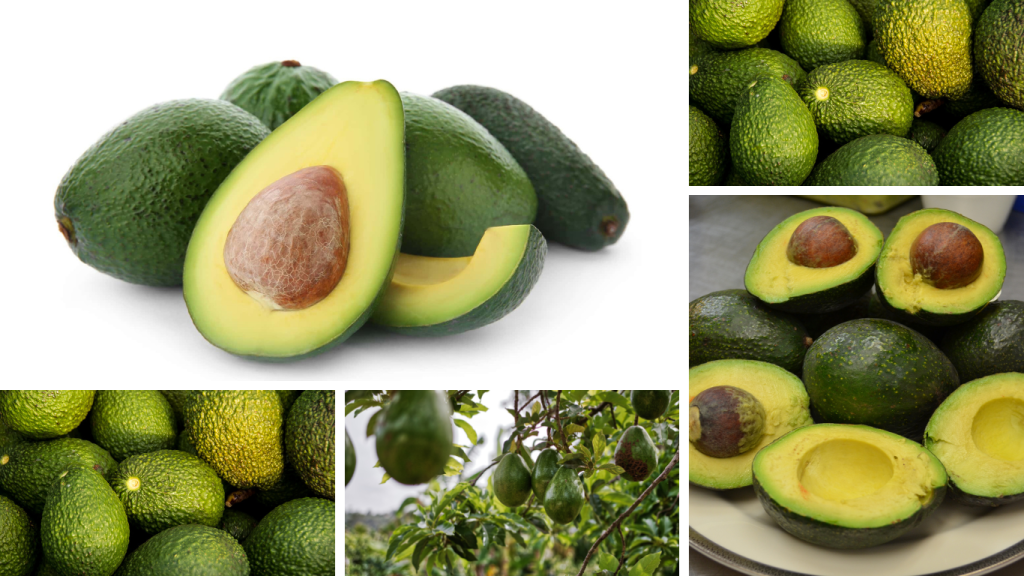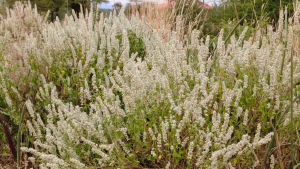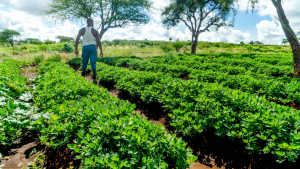
Avocado trees, known for their lush, nutrient-rich fruit, can thrive even in semi-arid climates when given proper care. Ambokili Farm, a leader in transforming challenging terrains into flourishing organic ecosystems, employs specific techniques to cultivate these valuable trees. This blog details the best practices for avocado tree care in semi-arid regions, drawing on Ambokili Farm’s successful methodologies.
Understanding Avocado Tree Needs in Semi-Arid Regions
Avocado trees typically prefer a climate with moderate temperatures and ample rainfall. However, with the right strategies, they can also prosper in semi-arid conditions. Key to this adaptation is understanding the tree’s basic requirements: deep soil for extensive root systems, sufficient water, and protection from extreme elements.
Best Practices for Avocado Tree Care in Semi-Arid Regions
- Soil Preparation and Management
– Enhancing Soil Structure: Incorporate organic compost to improves soil fertility and water retention, crucial in dry areas.
– Maintaining pH Balance: Avocado trees thrive in slightly acidic soil (pH 6 to 6.5). Regularly test soil pH and adjust with natural amendments if necessary.
- Efficient Watering Techniques
– Drip Irrigation: Implement a drip irrigation system to deliver water directly to the roots, minimising evaporation and conserving water—a precious resource in semi-arid zones.
– Mulching: Apply organic mulch around the base of the trees to reduce water loss, regulate soil temperature, and prevent weed growth.
- Climate Adaptation Strategies
– Windbreaks: Plant windbreaks around the avocado orchard to protect trees from strong winds, which can cause evapotranspiration and soil erosion.
– Shade Nets: Use shade nets during the hottest part of the day to prevent sunburn on the leaves and fruits, which is common in exposed, arid environments.
- Pruning and Tree Management
– Regular Pruning: Prune trees to remove dead or diseased wood and to shape the tree for optimal air circulation and sunlight exposure, which helps prevent fungal diseases.
– Thinning Fruits: In the early stages of fruit development, thin out some fruits to prevent overburdening the tree and to promote the growth of larger, healthier avocados.
- Pest and Disease Control
– Organic Methods: Use natural pest deterrents and biocontrols integral to organic farming principles. For instance, neem and beneficial insects can control pests without harming the ecosystem.
– Regular Monitoring: Inspect trees frequently for signs of stress, pest infestation, or disease. Early detection allows for immediate and effective intervention.
Caring for avocado trees in semi-arid regions requires a thoughtful approach to water management, soil health, and plant protection. By adopting the best practices outlined above, as demonstrated by Ambokili Farm, farmers can ensure that their avocado orchards not only survive but thrive, contributing to the sustainability and productivity of the farm. These practices underscore the potential of semi-arid lands to support robust agricultural endeavours through innovative and careful management.
FAQs About Growing Avocados in Semi-Arid Regions
1. How often should avocado trees be watered in semi-arid climates?
In semi-arid climates, the frequency of watering avocado trees depends on the season and soil moisture levels. Generally, young trees require watering 2-3 times a week during hot, dry periods. Mature trees can be watered every 7-10 days. Employing a drip irrigation system helps ensure that the water reaches the roots directly and reduces evaporation. It’s crucial to adjust the watering schedule based on rainfall, temperature, and the specific water needs of the tree at different growth stages.
2. What are the signs of nutrient deficiency in avocado trees?
Nutrient deficiencies in avocado trees manifest in various ways:
– Nitrogen deficiency shows as yellowing and thinning of older leaves and poor overall growth.
– Phosphorus deficiency can cause stunted growth and dark green leaves.
– Potassium deficiency is visible as leaf edge scorching and curling.
– Magnesium deficiency leads to yellow patches between leaf veins.
– Zinc deficiency results in little leaf syndrome, where leaves become abnormally small.
Regular soil tests can help identify nutrient deficiencies, allowing for targeted fertilization to correct them.
3. How can farmers improve fruit yield in less-than-ideal climates?
To improve fruit yield in challenging climates, farmers should focus on optimising tree care practices:
– Proper Irrigation: Ensure adequate and efficient water management to prevent stress.
– Nutrient Management: Use organic compost and specific fertilizers to address nutrient deficiencies.
– Pruning: Regular pruning helps improve light penetration and air circulation, enhancing fruit production and quality.
– Pest and Disease Control: Implement organic methods to manage pests and diseases promptly.
– Microclimate Management: Use mulching, windbreaks, and shade nets to create a more favourable microclimate around the trees.
4. What are common pests affecting avocado trees in dry areas?
Common pests for avocado trees in dry areas include:
– Mites: These can cause leaf damage and defoliation.
– Thrips: These insects damage fruits and flowers, affecting yield and fruit quality.
– Borers: These pests can damage the vascular system of the trees.
Implementing integrated pest management (IPM) strategies, including the use of beneficial insects and organic pesticides, can help control these pests effectively.
5. Can avocado trees be intercropped with other species?
es, avocado trees can be successfully intercropped with various plants that do not compete aggressively for nutrients and water. Suitable companion plants include legumes, which fix nitrogen in the soil, herbs that can deter pests, and smaller fruit trees that provide biodiversity benefits. Intercropping can improve soil health, enhance biodiversity, and maximize land use efficiency.






